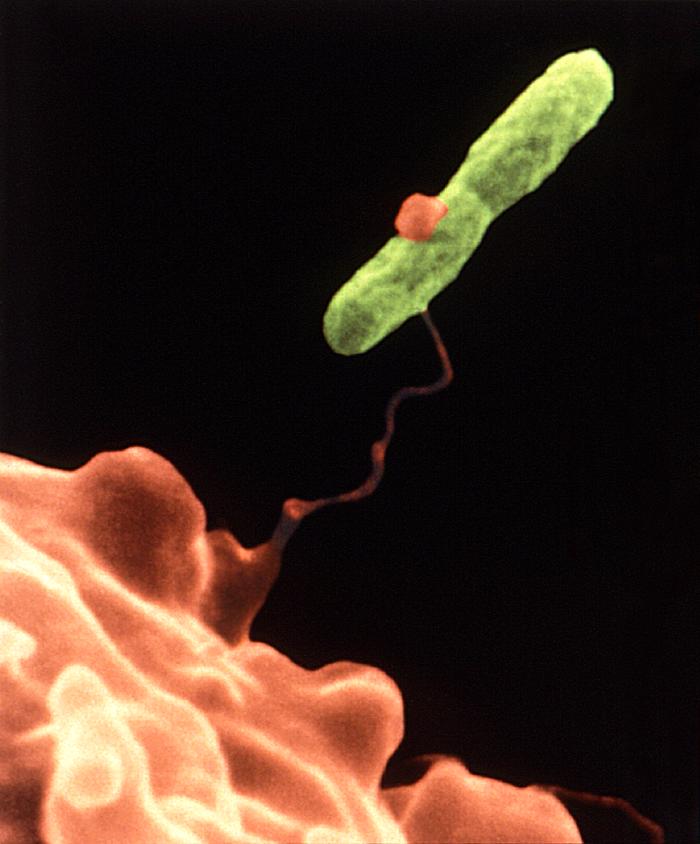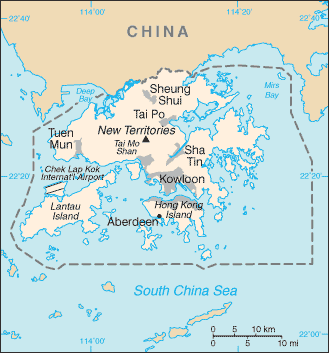Hong Kong health officials reported today the death of a 65-year-old man due to Legionnaires’ disease (LD). The patient, with underlying diseases, had presented with fever, cough with sputum and shortness of breath since June 26.

He attended the Accident and Emergency Department of North Lantau Hospital on June 29 and was subsequently transferred to Princess Margaret Hospital (PMH) on the same day for further management.
The patient was transferred to the Intensive Care Unit for septic shock on June 29. His condition deteriorated and he succumbed on June 30.
His sputum specimen tested positive for Legionella pneumophila upon testing by PMH.
Initial inquiries by the CHP revealed that the patient traveled from Japan to Huizhou on the Mainland and planned to return to Japan via transit in Hong Kong on June 28. Investigations are proceeding.
This case follows a case of LD in a 87-year-old woman the day prior. She is currently in stable condition.
These are the 21st and 22nd Legionnaires’ disease cases in Hong Kong in 2015.
Legionnaires’ disease gained national notoriety in 1976 when the Centers for Disease Control and Prevention (CDC)discovered it during an epidemic of pneumonia among American legion members at a convention in Philadelphia.
The causative organism is the bacteria, Legionella pneumophila. Other species have also been implicated in Legionnaires’ disease. The legionella bacteria are found throughout nature, because of this most people become exposed to it but few develop symptoms.
The primary place in nature it’s found is water sources particularly at warmer temperatures; lakes, rivers and moist soil.
It is also found in man-made facilities (frequently the source of outbreaks) such as air-conditioning ducts and cooling towers, humidifiers, whirlpools and hospital equipment.

People get exposed through inhaling infectious aerosols from these water sources. There is no transmission from person to person.
The infection can appear in two clinical forms: Legionnaires’ disease and Pontiac fever.
Both conditions are typified by headache, fever, body aches and occasionally abdominal pain and diarrhea.
Legionnaires’ disease is the cause of pneumonia where a non-productive cough is typical. Fatality rates of this form of the infection are around 15 % even with improvements in treatment.
Pontiac fever is a self-limiting flu-like illness that does not progress to pneumonia or death. Diagnosis is usually made by typical symptoms in an outbreak setting.
Diagnosis of Legionnaires’ disease depends on identifying the bacteria in microbiological culture, detecting the antigen in urine samples or a fourfold increase in antibody titer.
Certain health conditions make you more susceptible to infection to include increasing age, smoking, chronic lung disease, malignancy and diabetes mellitus.
Legionnaires’ disease is treatable with antibiotics.
To following things can be done as preventive measures: cooling towers should be drained when not in use and cleaned to remove scale and sediment and biocides can be used to limit bacterial growth. Tap water should not be used in respiratory therapy devices.

